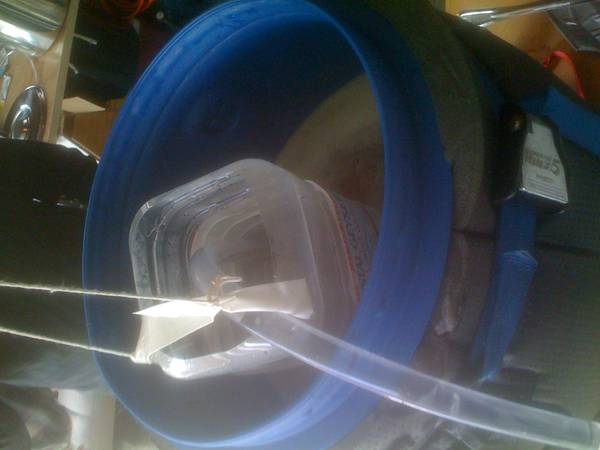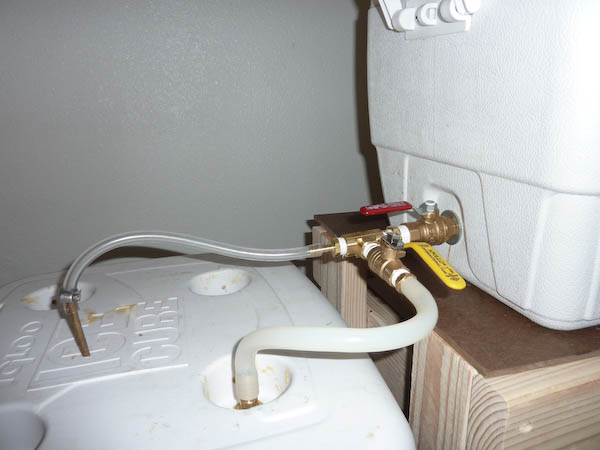wegz15
Well-Known Member
So after about a year of brewing I am tired of standing over my MLT with a slotted spoon during the sparge. Does anyone know of any good tutorials for a diy sparge arm?


So after about a year of brewing I am tired of standing over my MLT with a slotted spoon during the sparge. Does anyone know of any good tutorials for a diy sparge arm?
Yep I'm an idiot... got it... one is filled with sparge water... sorry been working since yesterday morning... I'm ready to go home.
I don't use a sparge arm, just a piece of foil with a bunch of holes in it set on the grain bed. I let my hose from the HLT set on top and sparge slowly. Works like a charm, but still it would be cool to show off a fancy sparge arm.


Hasn't it been proven that if you maintain an inch or two above the surface of the grain bed that just having a hose float on the top is sufficient (blichmann autosparge) and that sprinklers/drippers etc lose a lot of temp?
I primarily Batch sparge but I read too much.
Hehehe, I didnt read enough and built m sparge manifold with the holes facing up, guess i have to fire up the old torch and spin that baby over! Doht!
Unless I am mistaken, B3 has their holes facing up. Support it just above the surface of the grain bed.

Behold,
the Sparge-o-Matic!
One gallon water jug with the top cut away, holes drilled in the bottom. and suspended from above.
One of the benefits of this system is that runnings from the vorlauf are poured into the jug, not directly on the grain bed. This shot shows the sparge water being pumped in. Before I got the pump I would just pour the sparge water into the jug. Sparge rate is determined by the number and size of the holes in the jug.

Total cost $ 0.00
For the $ .. just get one of these. I have used my phil's arm for over 2 years. Easy to setup and use. http://www.listermann.com/Store/products.asp?txtQuery=sparger
Hopefully that is true so I dont have to go playing with it cause its on there pretty good And to take it off would be trouble!
The only thing I can say....if SABCO only uses a hose for recirculation....why wouldn't you consider that instead of spending countless hours fabricating or 30-50 bucks trying to find the perfect sparge arm?
Since I started using the hose (in my case loc-line) I have better results and no clogged pinholes etc etc.


Because its all about the gadgets. Don't you know??
Mine doesn't clog. Its small. Its easily cleaned. It pops in in just seconds. I wish it was a little more sleek.


Edit: Ha,Ha. Maybe I should call it a sparge finger.
And a hell of a lot cheaper than MB $48 out the door copper hoop. How can this MB unit be adjusted for different grain batch amounts be 5 pounds or 30 pounds of grain? A length of silicone hose has worked for me plus cheaper as well matches the different grain bed amounts.


Am I wrong, but if you use some sort of sparge assembly you lose heat. I just let it run over the grain bed with aluminum foil over the bed. The HLT temp is 175 and the water on the grain bed is usually 171.
Enter your email address to join: